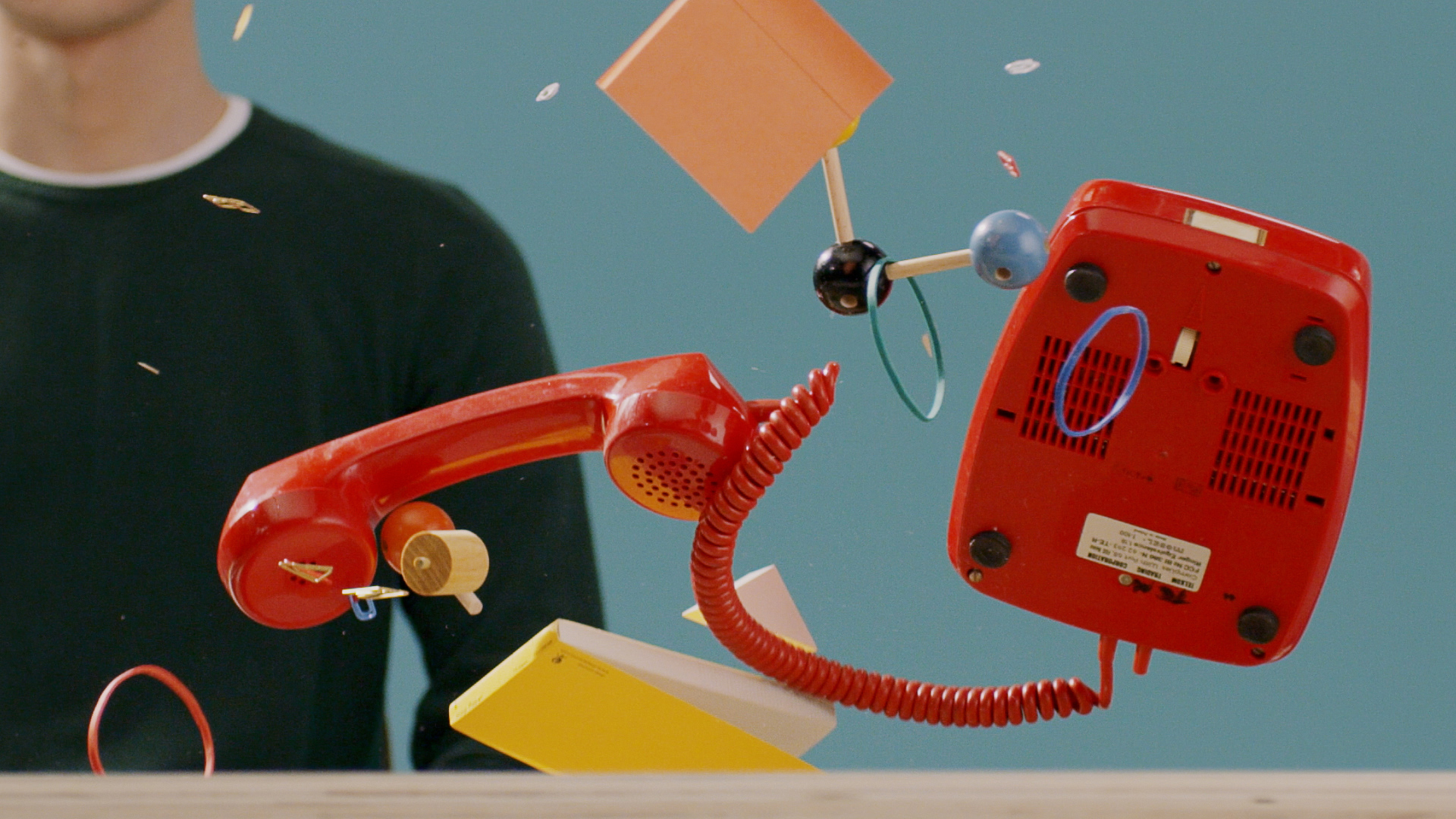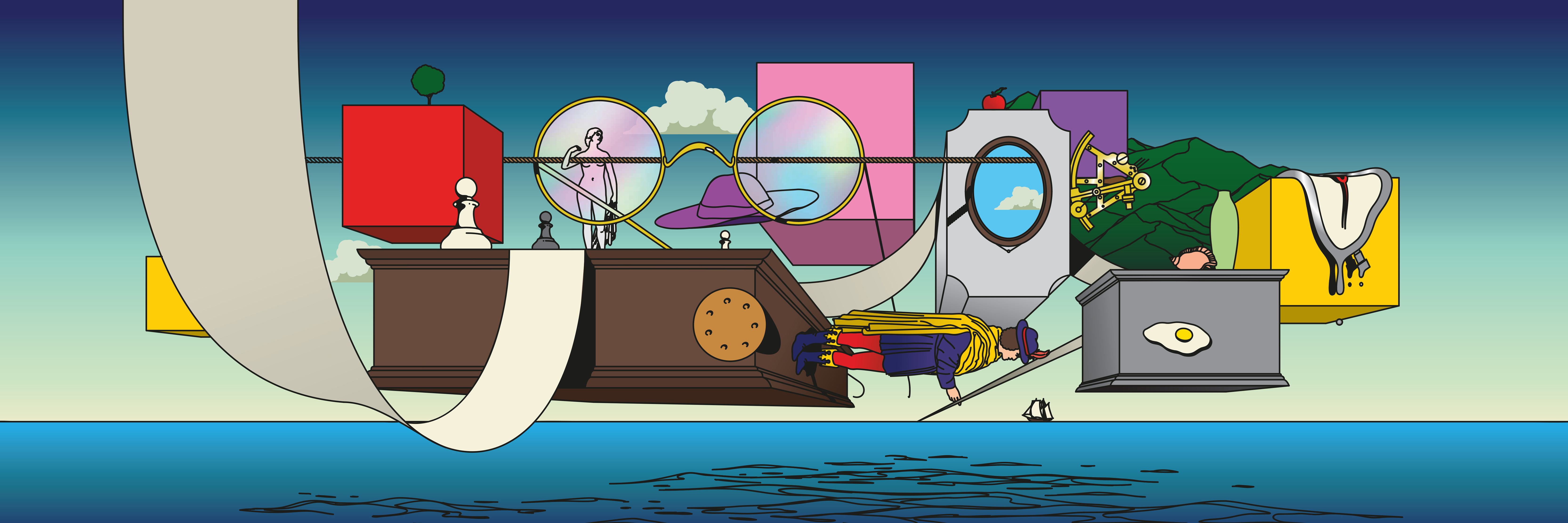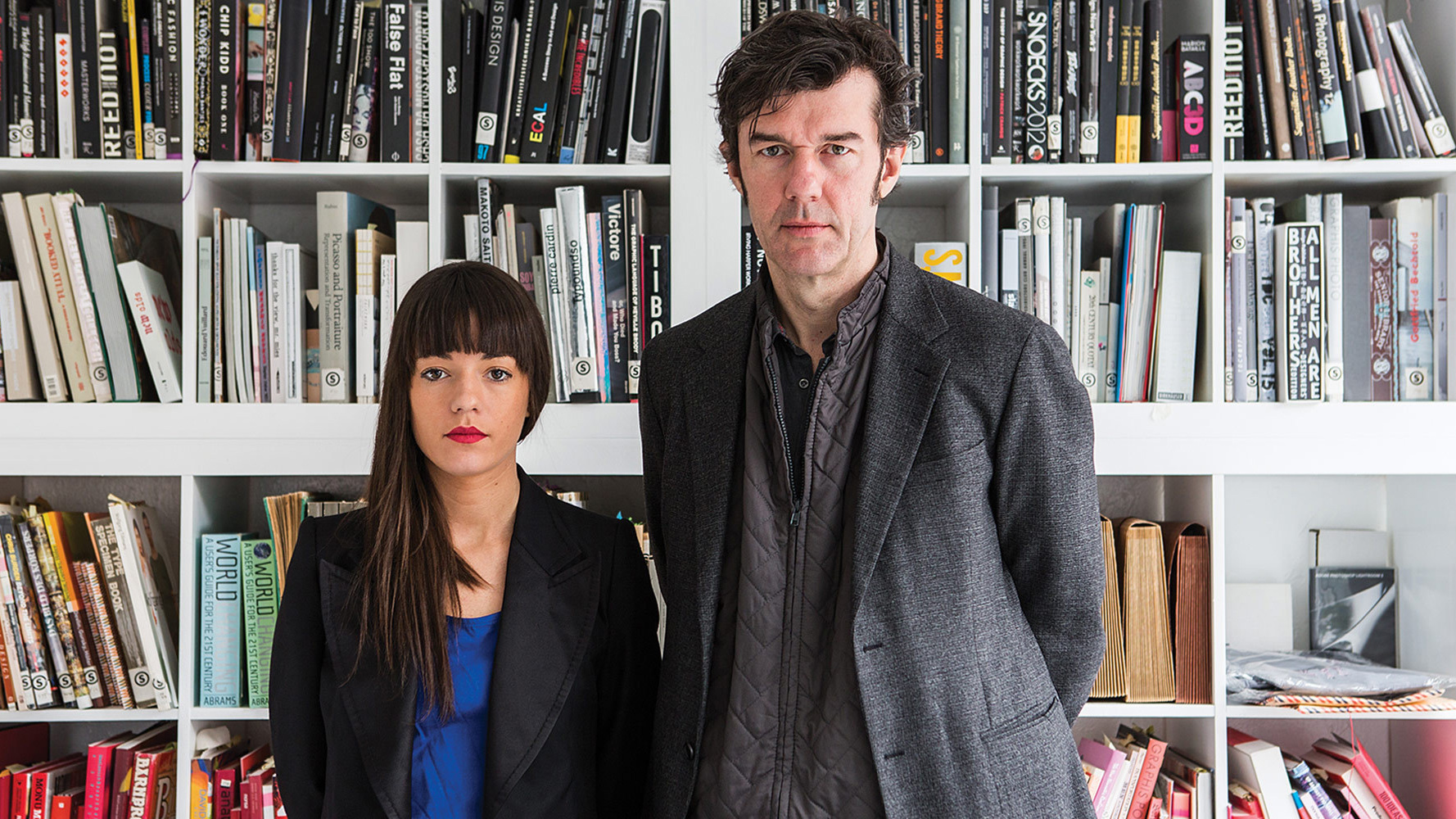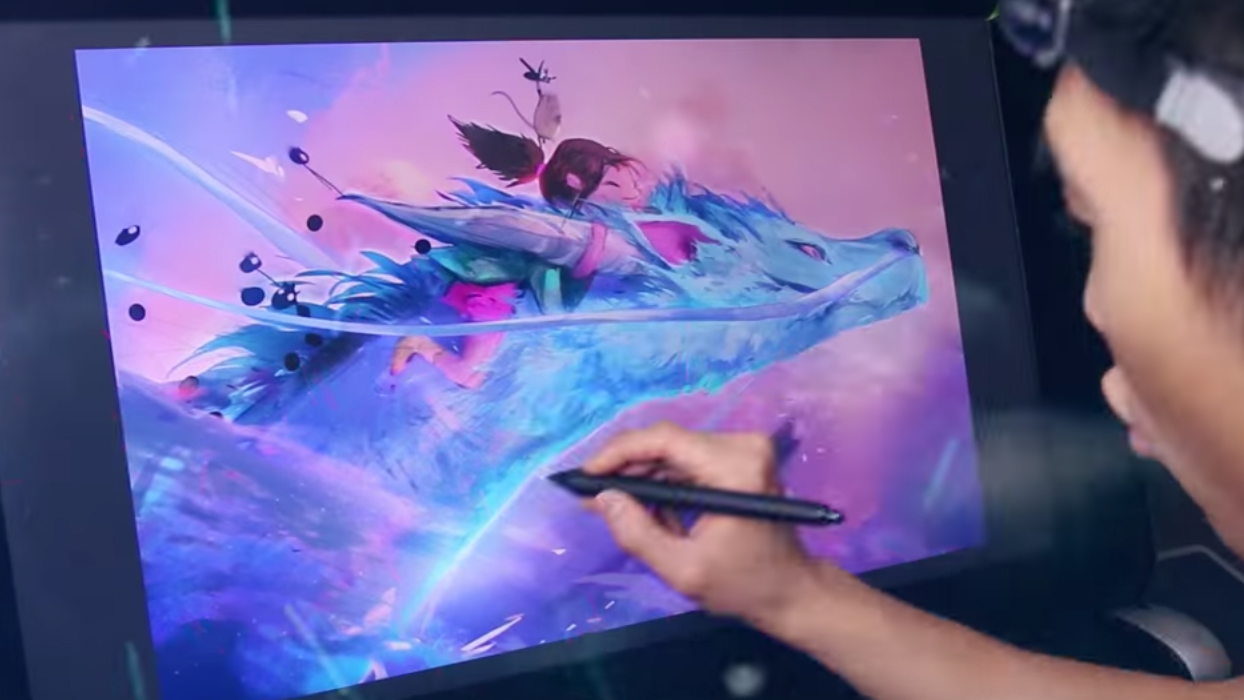6 sure-fire ways to build your creative network
Boss your brand: The creative’s guide to self-promotion, part two

It’s no secret: the best way to build your creative network is to deliver outstanding creative, on time, to budget, with a brilliant attitude. Word of mouth is the holy grail of self-promotion, and exceeding the expectations of your clients, colleagues and collaborators is the most effective way to achieve it.
We’ve already looked at how to project your work onto the global design stage. Here, we explain how to build on that momentum once your work’s out there. Read on for pro tips on how to build your creative network.
01. Give your clients something to talk about

Satisfied clients aren’t just repeat clients – they’re the gatekeepers to a whole new market of prospective clients and collaborators, so it’s in your interest to give them something to talk about. We don’t just mean exceeding expectations on the creative side during a project: this is also about investing in client care.
You need to ensure your clients know when and how to get in touch with you, arrange regular catch-up meetings, and always be proactive with ideas to improve a project – or even a client’s wider business.
The best way to encourage a client or collaborator to speak out about your services is to make every project the very best it can be. Just ask Julien Vallée, co-founder of motion studio Vallée Duhamel, which created both projects featured above. His studio has built a global reputation thanks to the team's stunning attention to detail, and willingness to go above and beyond every brief.
02. Exhibit your work

Another great way to expand your industry reach is to participate in a relevant exhibition – or stage your own. However hosting an exhibition could raise your blood pressure before it raises your profile, so you’ll need to be organized: know your angle (what are you showing and why?), pick the right venue for your budget, and choose your date carefully.
Publicizing your exhibition is crucial, so set up a website, design some eye-catching flyers and shout about it on social media. Then, on the day, don’t hide away. Approach visitors and be ready to talk professionally about your work. This is a prime opportunity to add to your contacts, so don’t waste it.
Get the Creative Bloq Newsletter
Daily design news, reviews, how-tos and more, as picked by the editors.
Our best tip? Leave a large stack of business cards where they can be clearly seen, along with some beautiful takeaway marketing material – postcards or posters, perhaps – that tells prospective clients or collaborators who you are and how they can contact you.
03. Attend the right events

There’s no substitute for meeting people face-to-face. Networking for the sake of it can be a soulless activity, but there are a few tips and tricks for making valuable connections – and they all start with picking the right events.
First, identify who you want to meet and why: are you looking for prospective new clients, collaborators or creative employers? Heavyweight industry conferences like How Design Live, OFFF and Generate New York boast big-name speakers and lucrative networking opportunities; while weekend events like Georgia’s Creative South are fantastic for meeting like-minded new collaborators.
Having good connections close to home can be invaluable, too. There are hundreds of less formal, local meet ups like Glug and AIGA events, as well as exhibitions and more – attending one or two might just reveal a booming creative network right on your doorstep.
04. Make the right impression

Once you’ve decided which events you’re going to attend, do some research before turning up. Which speakers or attendees do you most want to make a connection with? One way to make that initial conversation easier is to break the ice before the event – perhaps with a quick introductory email or tweet, letting them know you’ll be attending too and would love to meet up.
During the event, your goal is to make a good first impression, so ditch the hard sell and focus on building relationships. Basic conversation skills are important here: listen as much as you talk, ask questions, make direct eye contact and smile. And whatever you do, don’t forget to bring your business cards: this is exactly what they’re for.
05. Break onto the speaker circuit

Speaking at creative events is a brilliant way to raise your profile, as well as cement your authority as an expert in your chosen area. Plus, being able to talk confidently about your work in any situation – whether you’re on stage talking to an audience or pitching to a client – is a crucial design skill that will elevate your practice.
However, without experience it can be tricky to bag your first speaking gig. But there are ways to persuade a conference curator to take a chance on you. Here are our best tips:
- Learn from the pros
Analyze the presentation style of your favorite speakers: what do they do well? Why was it good? Equally, what didn't work so well and why? - Write a winning proposal
The best speakers don’t just walk through their portfolio – after all, it’s already online for everyone to see. To stand out as a speaker, you need to have a great story to tell. - Know your audience
Make sure you pitch your talk at the right level. There’s a difference between talking to students and professionals... - Share the lows as well
Audiences don’t want to be marketed to. They want to know about your failures and mistakes – and how you dealt with them; not just the highlights. Make your talk realistic and relatable to leave a lasting impression.
06. Get creative with video

Video is king. Not only do audiences react well to video, search engines and social media platforms love it – so if you want higher visibility, a video strategy should be high on your list of priorities.
That doesn’t mean you need to develop complex video-editing skills overnight, though. It could be as simple as natively uploading a 30-second video for your next artwork to Facebook (a sped-up screencapture, for example) with a call-to-action at the end and a link to your website.
If you’re feeling more confident, why not use Facebook Live to offer portfolio reviews, or Instagram video to share a quick how-to? The key is to create engaging content that people want to share – so do what you do best and get creative.
Ultimately, it's the same principle as getting your clients to speak out about your services: if you give value to your audience, they'll spread the word for you.
And if you’re lucky, you might just go viral.
Step up your self-promotion by heading over to digital print and design company moo.com. You’ll find a wealth of fun, affordable, easy-to-use tools for creating premium business cards and stunning self-promotional material that will project you onto the global design stage, and get your work in front of the people who count.
Related articles:

Thank you for reading 5 articles this month* Join now for unlimited access
Enjoy your first month for just £1 / $1 / €1
*Read 5 free articles per month without a subscription

Join now for unlimited access
Try first month for just £1 / $1 / €1

Julia is editor-in-chief, retail at Future Ltd, where she works in e-commerce across a number of consumer lifestyle brands. A former editor of design website Creative Bloq, she’s also worked on a variety of print titles, and was part of the team that launched consumer tech website TechRadar. She's been writing about art, design and technology for over 15 years.
